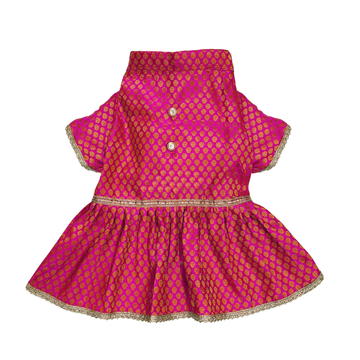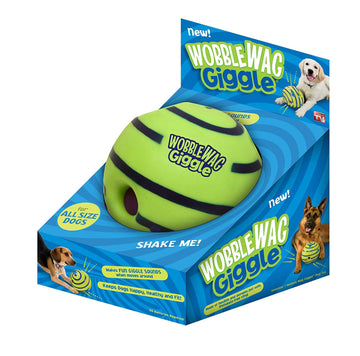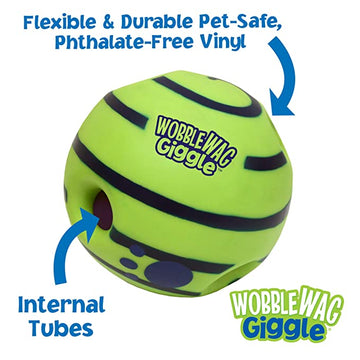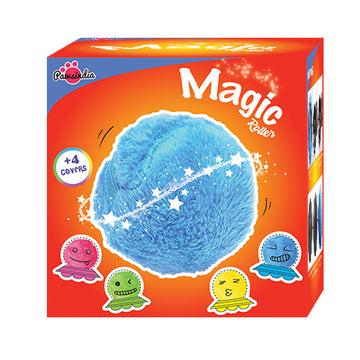DOES GLOBAL WARMING AFFECT YOUR PET?

Temperatures are on the rise across the globe, with the summers of 2022 beginning to be very hot and brutal. Most people are aware that the climate is getting hotter, but they might not realize how much animals are impacted by this. The last few years have been the hottest on record, and with no end in sight to the heatwave, animals are feeling the heat. In some regions, temperatures have reached record levels, and this is only the beginning and it’s only getting hotter from here.
Heatwaves are a common occurrence during the summer months in many parts of the country. In recent times, global warming has led to an increase in atmospheric temperature. Ultraviolet rays easily penetrate the earth’s atmosphere and cause a significant rise in the temperature. During the past few years, many parts of the country have been experiencing longer and more intense heat waves because of global warming. The heat is often accompanied by high humidity, which can make the heat feel even worse. A heatwave is a condition where the temperatures are excessively high and humid, especially in countries with oceanic climates. A heatwave is generally defined concerning the usual weather in the area and normal seasonal temperatures.
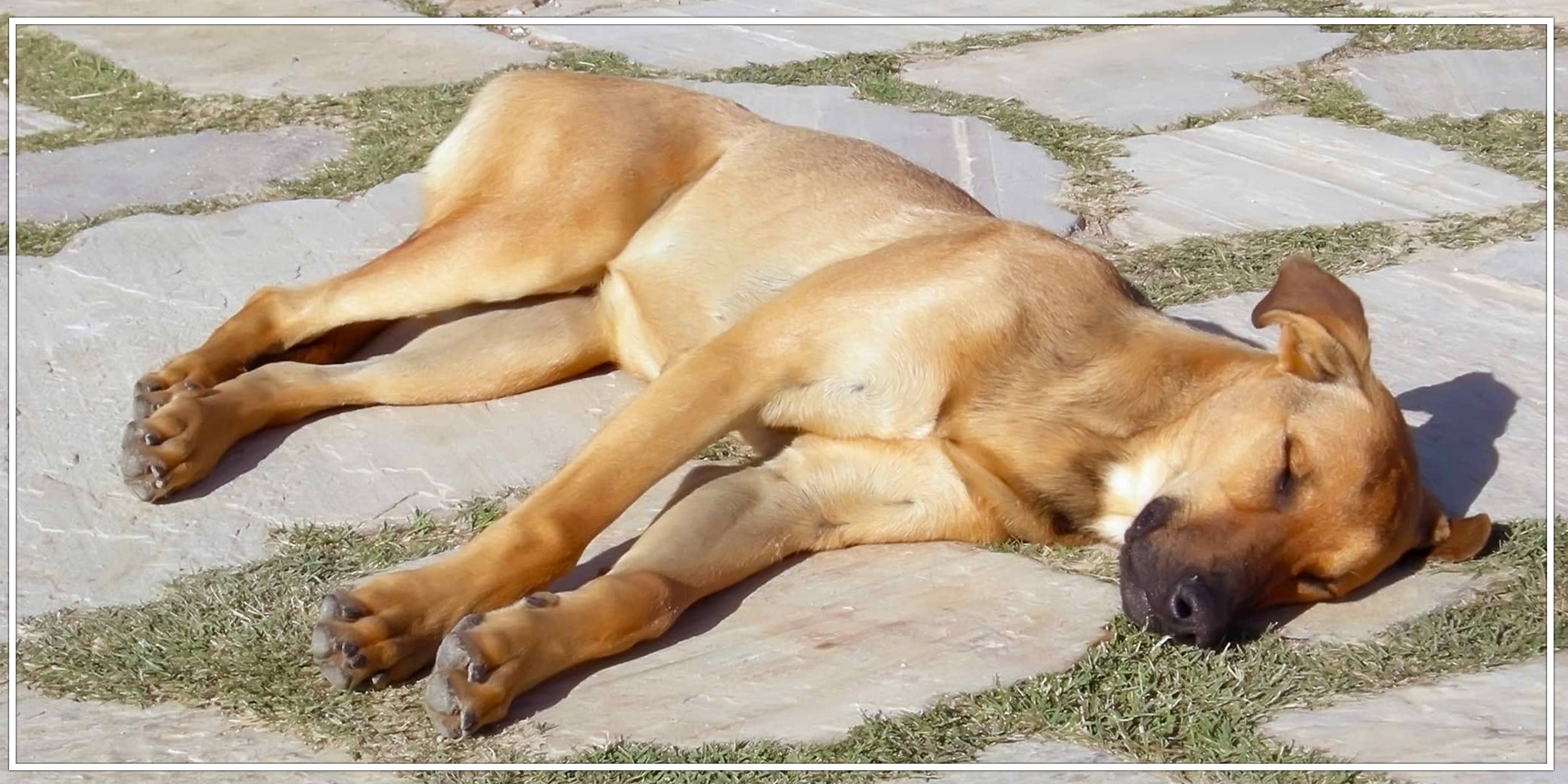
Summer heatwaves can be dangerous for people, but the heat is unbearable for animals. The animals’ bodies produce less sweat to cope with the heat, which puts them at risk for dehydration, heat stroke, and even death. While we tend to think of dogs and cats as the animals most affected by the heat, rabbits and birds are also at risk. In some cases, rabbits and birds don’t even sweat to keep cool, and they rely on panting as their primary means of cooling down.
What Is Heat Stroke and How Does It Happen?
Heatstroke/exhaustion, also known as hyperthermia, occurs when your pet's body temperature increases above a safe level and they are unable to control it. This illness can range from minor heat exhaustion, which can be treated at home, to severe heatstroke, which can cause your pet to lose consciousness, develop a high temperature, and even die.

Dogs are significantly more susceptible to heat than humans because they pant rather than sweat. Especially double-coated dog breeds such as Siberian Husky, Alaskan Malamute, Saint Bernard, etc need extra care and attention in such times. Their double-coated fur traps heat and these breeds have a hard time cooling down. Hence, this makes it extra critical to keep an eye on these breeds during harsh summers. When the weather is hot, pets may experience heatstroke, heat exhaustion, or just plain old overheating and exhibit signs or symptoms of heat stress. Let's take a look at some of the common signs and symptoms of heat stress in dogs, and also discuss some ways to prevent heat stress in dogs.
Symptoms of Heat Stroke:
- Excessive panting or breathing difficulties: Your dog may be hot if they pant continually or more quickly than usual (hyperventilation). Heat exhaustion is more likely in dogs with flat faces, such as pugs, since they cannot pant as effectively.

- Dehydration: Dry nose, evident weariness, heavy panting, and sunken eyes are all signs of dehydration.
- Drooling excessively: Keep a watch out for excessive drool and drool that is thicker and stickier than normal.
- Fever: Your dog may have a fever if its nose is dry and hot instead of wet and cool. If your dog's body temperature is above 103 degrees Fahrenheit, it is deemed abnormal and requires immediate attention.
- Gums that are bright red, grey, purple, or bluish: Your dog's gums may be dehydrated if they are a different colour than normal.
- Urine deficiency: Your pet may be dehydrated or hot if they have problems making pee.

- A fast heartbeat: Placing your palm on your dog's chest at their front elbow joint is the easiest approach to taking their pulse. They may be hot if their pulse appears to be raised. (A normal pulse rate is determined by your dog's size; larger dogs have slower pulses, whilst small dogs and pups have very fast pulses).
- Tremors in the muscles: Heat exhaustion can cause your dog to shiver or shake regardless of the outside temperature.
- Weakness or lethargy: Overheating can cause dogs to take longer naps or have difficulty standing or walking.

- Diarrhoea or vomiting: Heat exhaustion is indicated by abnormally soft faeces or stool containing blood.
- Dizziness: Your dog may feel lightheaded due to dehydration or heat exhaustion if they have problems walking in a straight line or continually knocking into furnishings.
These are the most common and normally recognised signs and symptoms of heat exhaustion, however, there are many others. During the hot summer months, if your dog appears unwell, fatigued, or otherwise strange, don't ignore it!
If in doubt, contact your local veterinarian. The most important thing is to keep your dog safe and healthy.

Ways to Treat your Dog suffering from Heat Stroke:
- Immediately take your dog to a cooler location (ideally indoors).
- Wet them extensively with chilly water to lower their body temperature. Use warm water instead of cold! Cooling too soon can be equally as harmful as heat exhaustion, which may seem counterintuitive. Use lukewarm water instead of cool water for very little dogs or pups.
- Gently massage their ears and paws with more cool water. This aids in the reduction of fever.
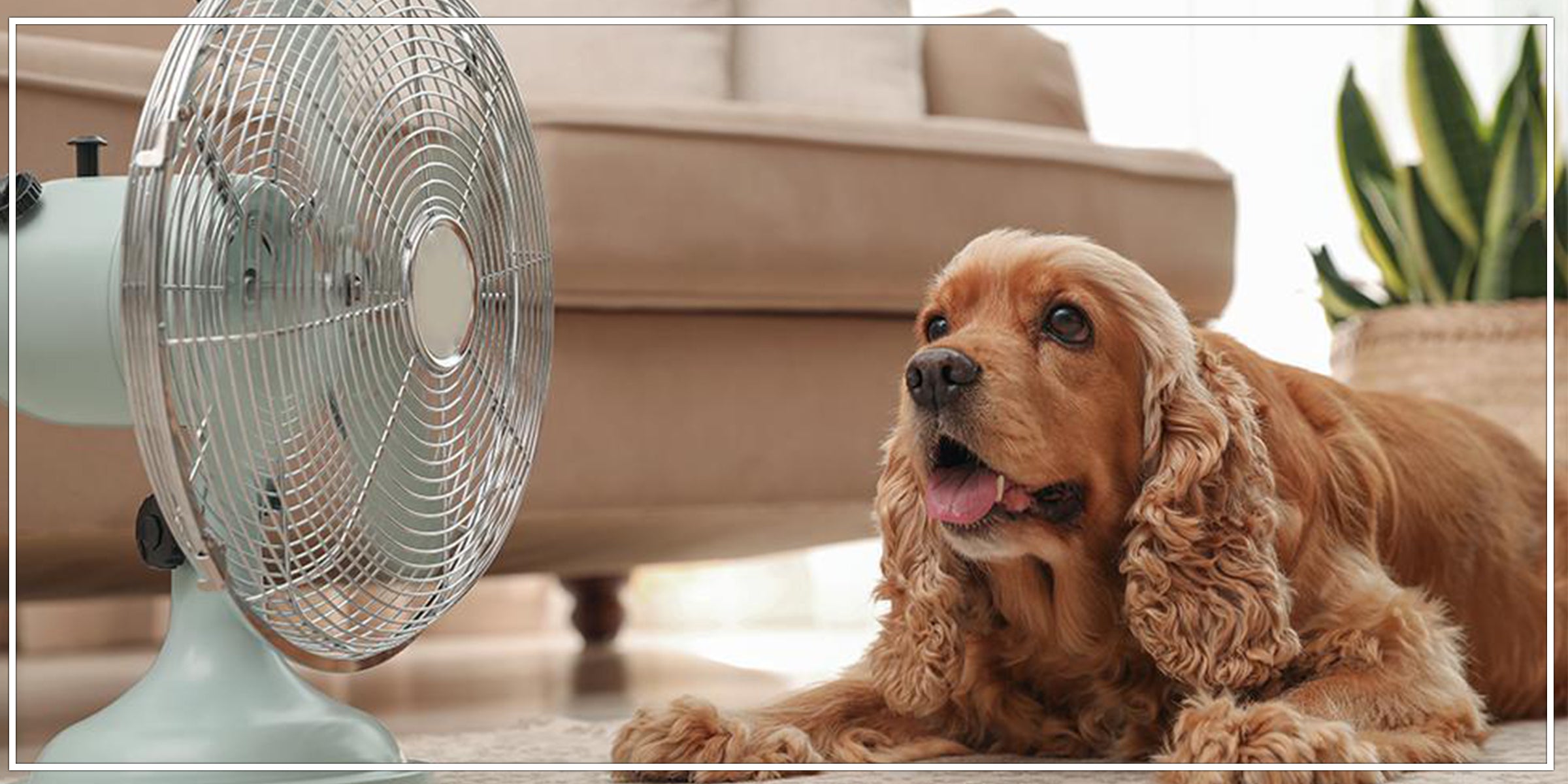
- Dry them by placing them in front of a fan. Check their temperature every few hours if you have a pet thermometer (note: don't use a glass thermometer because your dog can bite it and damage it). Remove the fan and cease administering water once its temperature reaches 103 degrees (F).
- Give them little amounts of lukewarm or cool water to drink as they continue to cool down. Again, no ice and no cold water!
- Make an appointment with your veterinarian ASAP. Even if your dog appears to be healing, it should be checked for shock, dehydration, kidney failure, and other heat exhaustion issues. Your veterinarian will be able to guide you through the next steps. Get your dog to a veterinary hospital right away if he or she loses consciousness or appears to be seriously ill (vomiting, seizures, etc.).

Summers can turn out to be a lot of fun for you and your pets if you pay attention and care for them. Please contact your veterinarian if you have any questions or concerns about heat exhaustion or caring for your dog in the summer.
You Parent, We Pamper - Pawsindia
HOW DO I HELP MY CAT WITH FEAR & ANXIETY?
Anxiety is a feeling of uncertainty that arises because of an expected danger or threat. So even if your cat...
on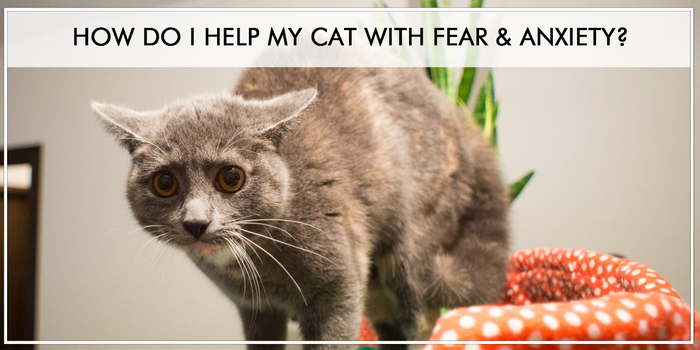
DIY LICKS PEANUT BUTTER RECIPES
We as parents want to provide only the best for our pets. Our dogs are a big part of our...
on






